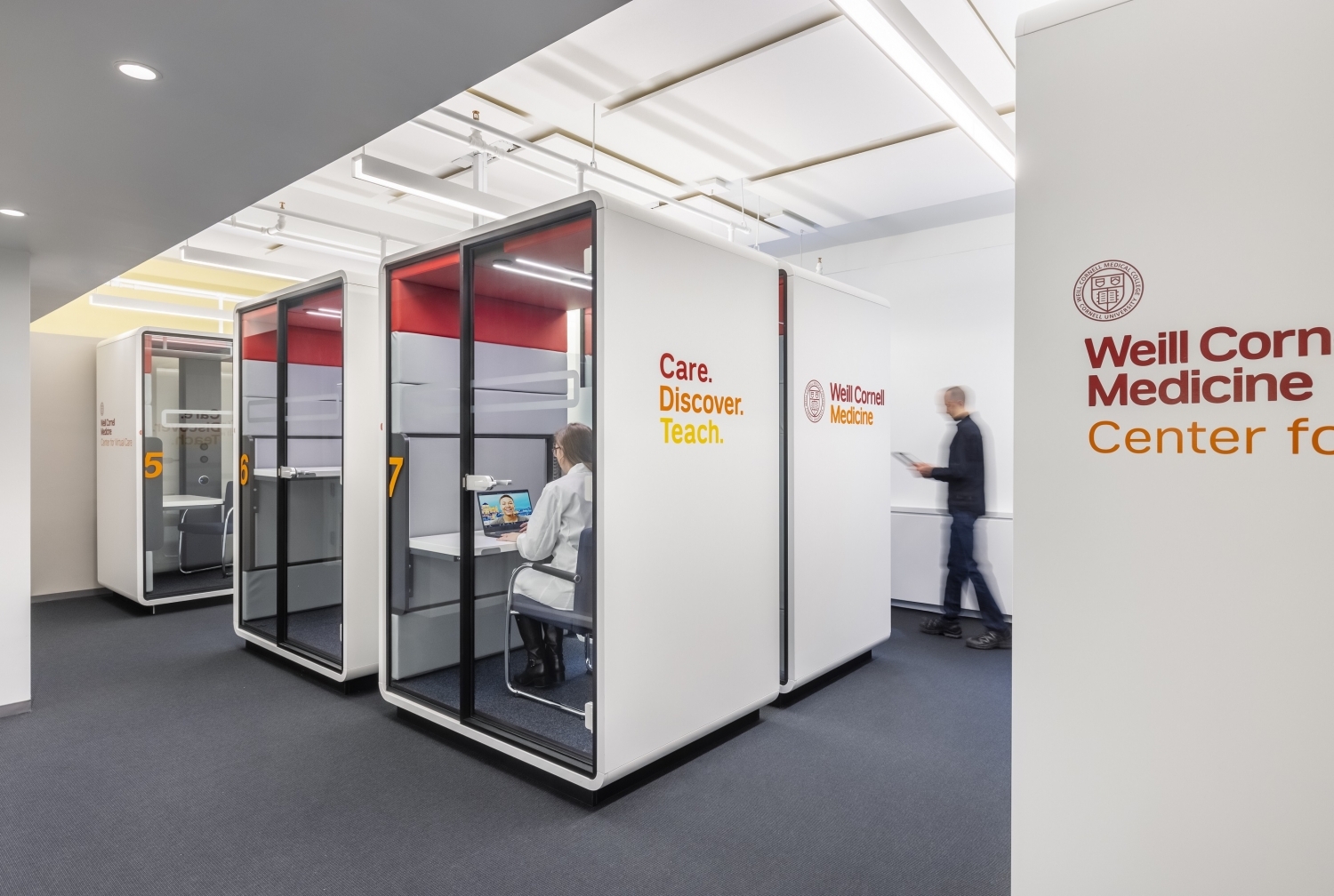After experiencing a rapid expansion early in the COVID-19 pandemic, a new survey indicates that telemedicine is now widely viewed as an effective means for delivering care.
In results published online on June 15 in NEJM Catalyst Innovations in Care Delivery, a majority of respondents credited telemedicine with improving patient health, providing good quality care and increasing access for vulnerable populations. However, the results also point to challenges that must be addressed as this field becomes more established.
“Telemedicine is here to stay,” said Dr. Rahul Sharma, professor and chair of emergency medicine at Weill Cornell Medicine and co-author of a commentary on the results. “Health care organizations really need to think about the next steps regarding the future of virtual care, such as how we integrate it into our systems, and how to make sure we are meeting the needs of both our clinicians and our patients.”
The survey, conducted in March, polled members of NEJM’s Catalyst Insight Council who are clinicians, clinical leaders and executives in organizations that deliver care. The survey received 984 responses from around the world, 609 from the United States. Dr. Sharma, who is also emergency physician-in-chief at New York-Presbyterian/Weill Cornell Medical Center and executive director of the Center for Virtual Care at Weill Cornell Medicine, helped formulate the questions with his co-author Dr. Judd E. Hollander, senior vice president of health care delivery innovation at Sidney Kimmel Medical College at Thomas Jefferson University in Philadelphia.
Of U.S. respondents, 71 percent reported that telemedicine has improved patient health, while a similar proportion said it provides at least moderate quality specialty or mental health care. For primary care, that share was 81 percent. When responses across all countries are included, the results differ only slightly from those of U.S. respondents.
Meanwhile, 84 percent in the United States agreed that telemedicine increased access for vulnerable populations, a result that likely reflects the ability of telemedicine to reach people who would otherwise go without care, according to Dr. Sharma. Despite this encouraging statistic, disparities remain. Access to telemedicine — for reasons ranging from language barriers to lack of high-speed internet connection — ranked as the number one challenge facing the field.
The results also highlighted other areas for improvement. While in-person care is evaluated using quality metrics, such as rates of infections, such measures are much less common in telemedicine. Only 28 percent of U.S. respondents said their organizations currently apply quality metrics to telemedicine, while approximately 38 percent say their institution offers training on how to, for example, perform an exam remotely.
“This global report demonstrates a clear need for telemedicine beyond the pandemic setting,” Dr. Sharma said. “It also drives home that this modality, like any other in health care, must meet expectations of quality, training and access, and standards of care. Essentially, this service cannot be an afterthought. It requires a comprehensive approach to get it right and to make a meaningful impact.”

